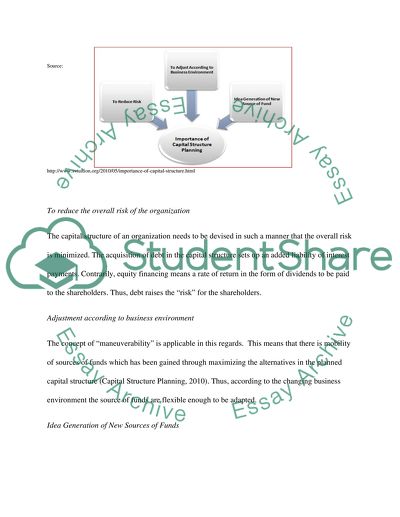Cite this document
(“Apc 308 financial management Dissertation Example | Topics and Well Written Essays - 2250 words”, n.d.)
Retrieved from https://studentshare.org/family-consumer-science/1417686-apc
Retrieved from https://studentshare.org/family-consumer-science/1417686-apc
(Apc 308 Financial Management Dissertation Example | Topics and Well Written Essays - 2250 Words)
https://studentshare.org/family-consumer-science/1417686-apc.
https://studentshare.org/family-consumer-science/1417686-apc.
“Apc 308 Financial Management Dissertation Example | Topics and Well Written Essays - 2250 Words”, n.d. https://studentshare.org/family-consumer-science/1417686-apc.


